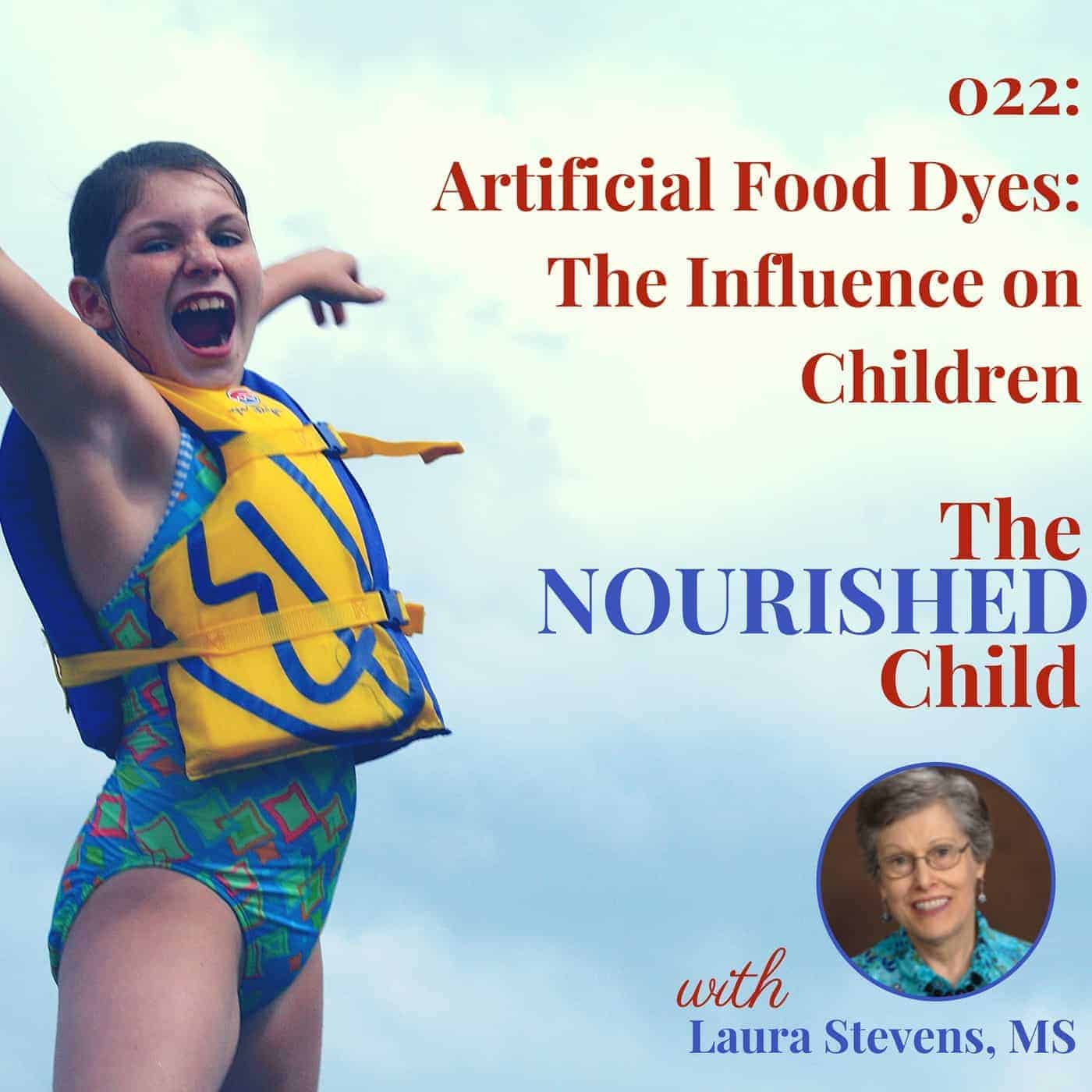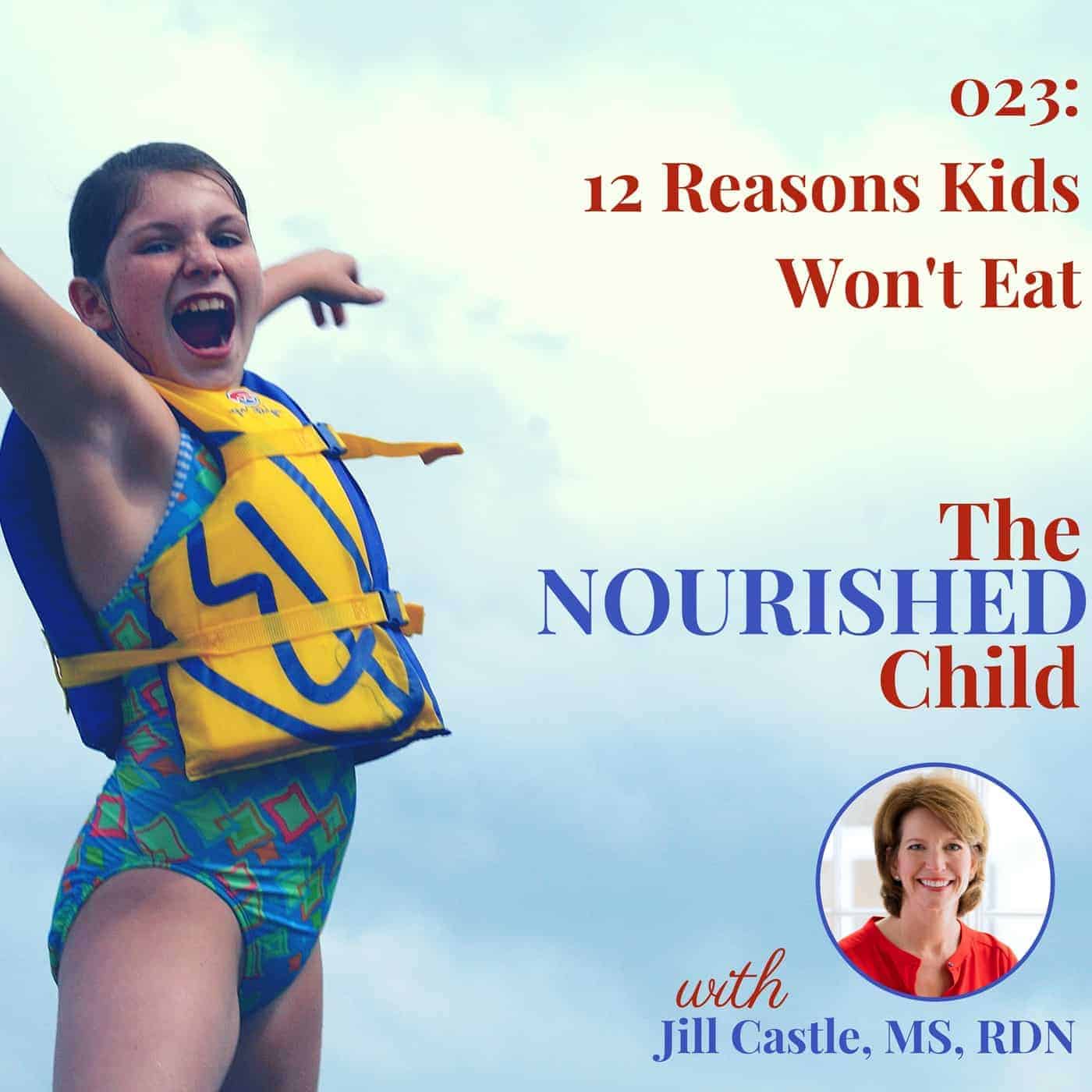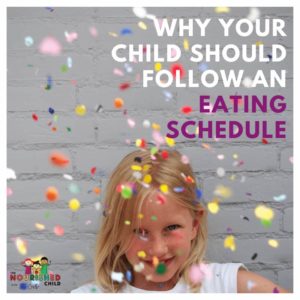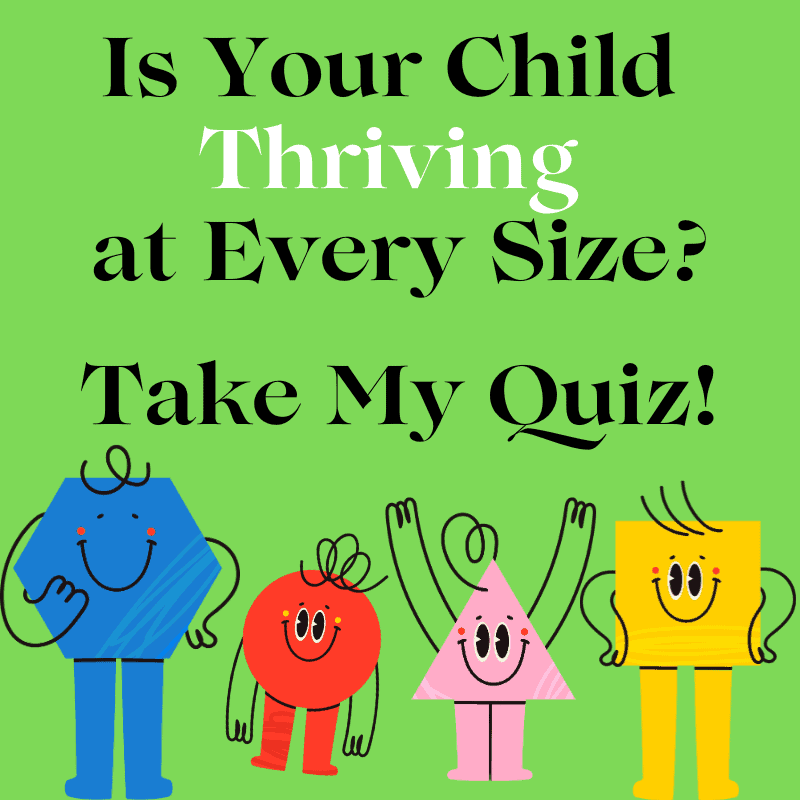How to Get Kids to Try New Foods
January 11, 2017
Want your child to try new food, but don’t know how to begin? Learn how to get kids to try new foods with step-by-step guidance and the insight you need to turn your fussy eater into an adventurous one!
There are a lot of reasons kids won’t eat. From illness to extreme picky eating, the reasons vary. But part of helping your child try new food is to figure out why he won’t eat.
Even if you’re really worried.
My wife and I are at our wit’s end!
We’ve gone to the doctor, counselor, speech therapist…we’ve tried everything!
My child will eat what he likes—pizza, chips, etc—without a problem, but he won’t eat what we eat.
I have to force my son to eat or he won’t eat anything all day.
In this article, you’ll learn why your child won’t try new food and what you can do about it.

Why Kids Won’t Try New Foods
There are a number of reasons why kids shy away from new food. One of the big reasons is food neophobia which is common in toddlerhood.
Food neophobia is a term that means fear of new food. Why is it common? It’s a symptom of picky eating and part of the toddler developmental spectrum for many young children.
Here are a few of the reasons your child won’t eat:
- An underlying medical condition like chronic constipation can cause a child to have a low appetite.
- A heightened sense to odor, appearance or textures may get in the way of his willingness to try new food.
- A child has learned to like unhealthy foods because he was given them early on and his taste buds have set a firm preference for them.
Understanding the root cause to why your child won’t eat is the first step to helping him make progress.
In my experience, there’s more than one reason why kids won’t eat. And, often, there’s a story that unfolds.
Charlie the Picky Eater
Charlie was a great eater his first year. He ate everything. Early in his second year of life, he had several ear infections and his eating took a nosedive.
He ended up drinking a lot of milk from a bottle during those illnesses, just to stay hydrated and nourished. When he was healthy again, eating started to become an issue.
He wanted his bottle, wasn’t interested in solid food, and then, the mealtime pressure picked up. His parents played airplane, gave him toys to play with, and distracted him to sneak in a bite of food.
It soon became clear that there were certain foods Charlie would eat willingly (chips, crackers, cheese), and others (veggies and meat) that would end up on the floor or refused.
To sustain him nutritionally, his parents gave him the sure thing: the foods he would eat. They still offered him foods they knew were good for him, but Charlie wasn’t interested.
Before long, Charlie had a limited diet, wasn’t expanding his food selections, and the interaction at mealtime had disintegrated to force feeding, blending foods into a mush (fed by spoon), or a smoothie (given in a bottle).
Picky Eating is a Slippery Slope
The path to problematic eating is a slippery slope. And often, it’s not the fault of the child or the parent.
It’s just what happens when one thing crops up and a) isn’t handled optimally, or b) is followed by a response that leads to another difficulty.
In the story of Charlie, you can see an illness triggered the cascade of events leading to where he is now. But each response to Charlie’s behavior along the way could have been handled differently.
Handling our own response to these challenges or blips in feeding—or the behaviors our children place in front of us—is the key to keeping feeding and nourishing our kids on track.
This can be a real challenge, especially if you have a child who is challenging to feed.
Many times, parents think they’ve tried everything, but understanding why a child won’t eat and nailing down our response to our child’s behavior is a big step towards helping him expand his palate.
How to Get Picky Eaters to Try New Foods
Once you’ve figured out the why and whether or not your responses to your child are supportive or complicating things further, what’s next?
You might think that more pressure to eat, sneakier tactics or some magical food is the answer, but it’s not.
The answer to helping your child branch out is in setting up the environment, implementing a systematic method for introducing new food, tracking progress, and building your child’s confidence to tackle any food placed in front of him.
That’s why I wrote my workbook, Try New Food: How to Help Picky Eaters Taste, Eat and Like New Food!
I know many parents are looking for more guidance in this area.
This guide not only helps you set up a positive and productive food environment, it takes you, step-by-step through the process of increasing your child’s food variety.
How to introduce new foods, feed, and interact with their child positively is key so you avoid making eating worse.
Tips for Getting Kids to Try New Food
- Set up a positive, low pressure environment.
- Understand how much food to offer and let your child lead with his appetite.
- Identify which foods to offer. The goal here is a nutrient-rich diet.
- Carefully choose food to increase your child’s success with them. A strategy to build on current food preferences can accelerate acceptance of new foods.
- Know how to respond when your child tastes a new food.
- Know how to respond when your child refuses food.
- Effectively schedule food trials. These are not part of meal time.
- Identify who should be with your child. A safe, trusted adult.
- Pick a place where trials should happen. A child’s preference is best.
- Methodically use a step-by-step system for food introduction.
- Track your child’s progress.
- Move on from one new food to the next.
- Recognize counter-productive feeding interactions and tactics so you can avoid them. Hello, pressure to eat, bribing and punishment!
The Essential Guide to Get Kids to Try New Foods
I know it’s frustrating, and even downright scary when your child won’t eat or even try new food! But, there’s a lot you can do at home, even if you ultimately need to get additional help from a professional.
The information I have included in Try New Food is what I consider the “essentials” to beginning the turn-around from “won’t eat anything” to “ok, I will try it.”
This e-guide will, at a minimum, change the way you think about your eater and stop the cycle of negative behaviors and responses that may be making things worse.
That, my friends, is a powerful, transformative first step.
If this book only did that, wouldn’t it be worth it?
I hope you will take the first step to transforming your child into the adventurous eater you want him to be.
Want more inspiration? Tune in to my episode about simple tips for adding new foods on my podcast.











